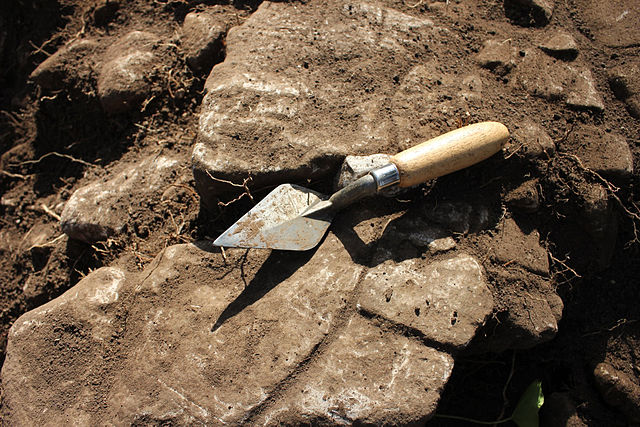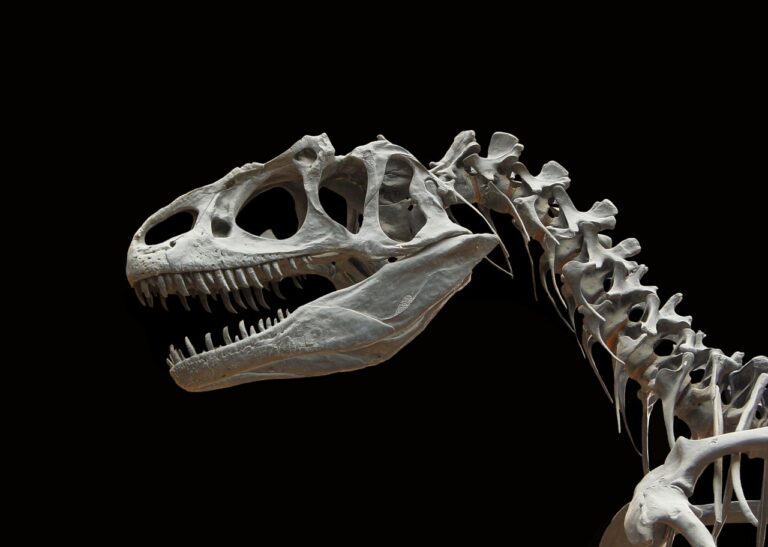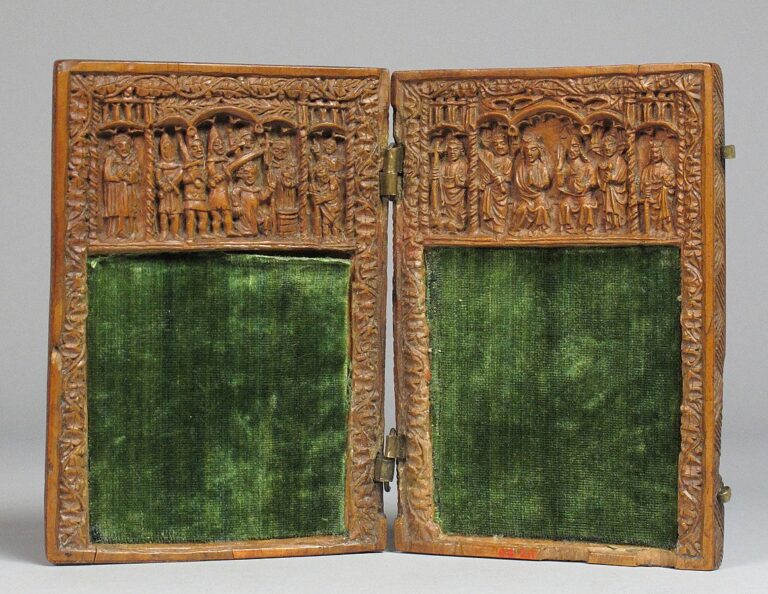The Battle of Teutoburg Forest
The end of expansion
The Battle of Teutoburg Forest, fought in 9 AD between the Roman legions and the Germanic tribes, stands as one of the most significant clashes in ancient history. This battle, where three Roman legions were annihilated by a coalition of Germanic tribes led by Arminius, marked the halt of Roman expansion into Germania. Recent archaeological discoveries in the Kalkriese region in Germany have provided a more detailed and factual understanding of this monumental event.
The Roman Empire, under the leadership of Augustus, sought to expand its borders into the Germanic territories. Publius Quinctilius Varus, a Roman general, was tasked with governing these new territories. However, the Germanic tribes, under the leadership of Arminius, a Germanic chieftain raised in Rome, resisted the Roman incursions.

Roman Military Equipment: Excavations at Kalkriese have unearthed a significant amount of Roman military equipment. Items such as fragments of weapons, armor, and personal belongings of Roman soldiers, including coins and tools, have been found. These artifacts provide evidence of the Roman military presence and the scale of the defeat.
Remains of the Roman Legionaries: Human remains, including bones with cut marks and signs of violent deaths, have been discovered. These remains are consistent with the historical accounts of the brutal ambush and slaughter of the Roman legions.
Battlefield Terrain: The topography of Teutoburg Forest, particularly in the Kalkriese area, corresponds closely with ancient descriptions of the battle site. Narrow passages and boggy land suggest how the Germanic tribes could have effectively ambushed and contained the Roman legions.
Fortifications: Evidence of Germanic fortifications, including ditches and wall remains, have been discovered. These suggest strategic preparation by Arminius to trap and attack the Romans.

Arminius’s knowledge of Roman tactics, gained during his upbringing in Rome, played a crucial role in the victory. The battle’s outcome halted the Roman expansion east of the Rhine River and established it as the northern boundary of the Roman Empire. This had long-lasting implications for the cultural and political landscape of Europe.

The Battle of Teutoburg Forest, through its archaeological findings, has become a key study area in understanding Roman military organization and early Germanic societies. The artifacts and remains provide insight into the clash of two cultures and the dramatic shift in the power dynamics of ancient Europe.
The discoveries at Teutoburg Forest have corroborated ancient accounts and enriched our understanding of this pivotal historical event. The battle’s legacy, captured in the soil and relics of Kalkriese, continues to fascinate and inform historians and archaeologists alike. This offers a tangible link to a moment that forever changed the course of European history.

Fun Fact: The Battle of Teutoburg Forest is often cited as one of history’s greatest military ambushes. Interestingly, the precise location of this battle remained a mystery for centuries until the late 20th century, when a British amateur archaeologist, Major Tony Clunn, using a metal detector, stumbled upon Roman coins and military artifacts in the Kalkriese region. This discovery led to the identification of the likely site of the battle, solving a longstanding historical enigma and transforming our understanding of this pivotal event.
Should you find this article intriguing, don’t miss our exploration of the Fall of the Roman Empire. Dive deeper into history by clicking the button below.







